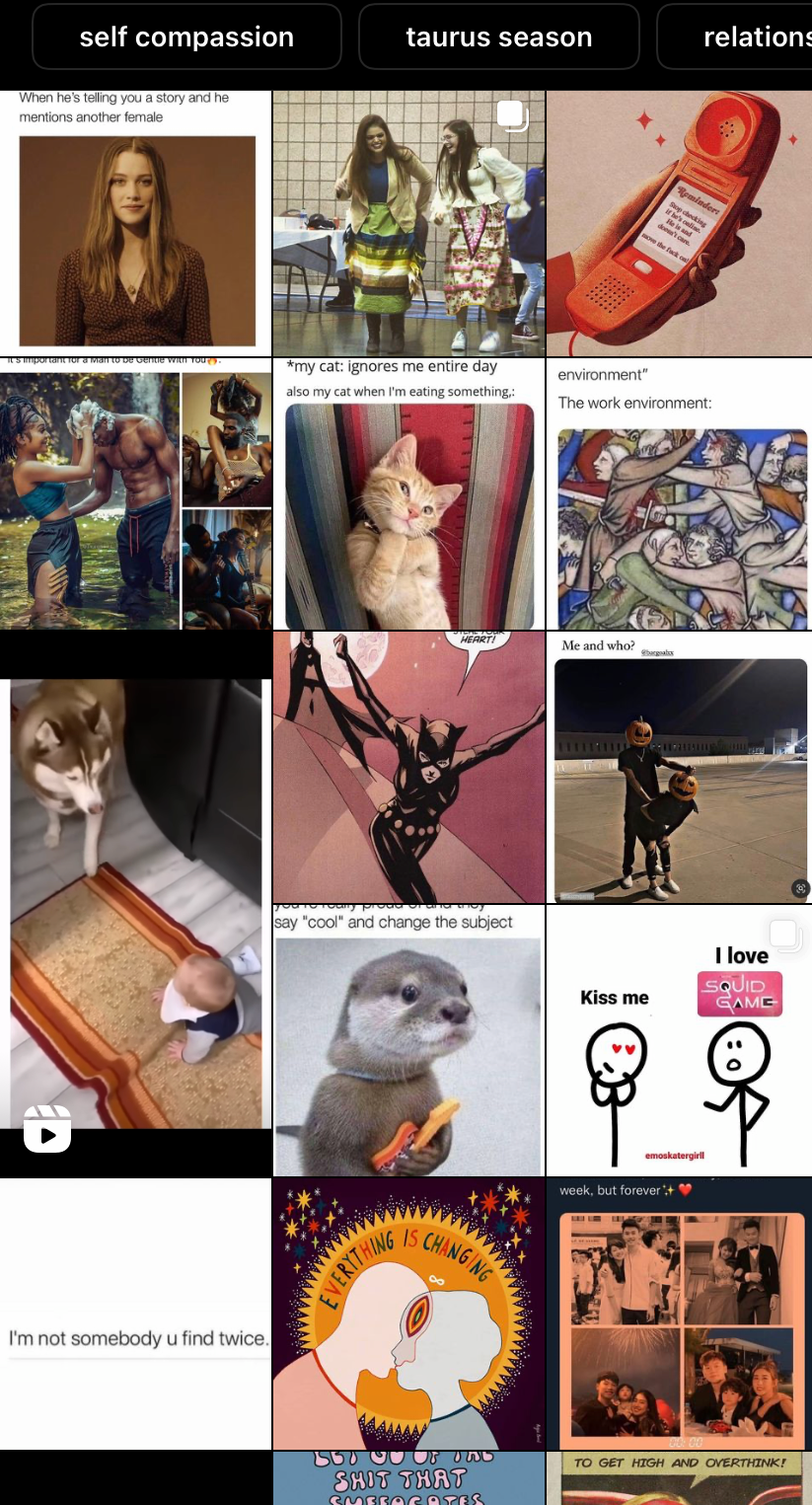Image Attribution: “Assignment 3, Part A; Talia Michel-Isaac” by Assignment 3, Part A; Talia Michel-Isaac is licensed under CC BY. (See interactive map)
Instagram is effective in communicating with family or friends, out of the country, or across the world. You are able to video chat, message, or have a room dedicated to you, so you can talk to multiple people at the same time. Some negative aspects of Instagram, is people could stalk you, and they could find you and if you share too much information it could be dangerous. There are a lot of predators out there and people behind screens trying to find targets to hit upon. And it does not matter who you are, you or some family member could be in trouble on the interweb if not careful about what you do. And Snapchat is an app that could be considered to be interconnected with Instagram, as they both are apps that you are able to share pictures, talk and video chat with friends. I believe they could be interspersed and also they could be connected. In this context, it is the use of both entertainment and interpersonal communication. Instagram is a connectivity app where you could talk to people, and share with your friends on the News Feed tab. Where you are able to share pictures, quotes, or anything that you want to share that your friends are able to see and find different information through this function. And Snapchat is merely just another app to function in a slightly different manner only focusing on taking pictures and talking to friends. Here is a recording of the days of October 28- 30 for which I am on these two apps. Posting pictures on Instagram is a way of expressing yourself, and your aesthetic. Is a way of being self-expressive in that manner to be showing parts of your life to your friends. To always be scrolling and finding memes, and news of others is constantly changing through the media. Whether it is changing a bio, or showing new and exciting pictures to your friends online, it is consistently changing our way of communication with one another. Monitoring how much I am on these apps is interchangeable through that they both have about the same degree of time spent on both of them. Being on on another is just indicating that it is addicting to get validation, or merely just another excuse to always be on your phone for extended amounts of time, this is explained to being “like on a drug” claims Diefenbach. Here Johnson states “You get a hit every time someone likes your posts because it’s external validation. Coming off it feels like you’re quitting sugar” (Johnson, 2020).” From this time I have shared a picture of the trees on a rainy day and leaves to signify the fall time.
My expectations did not change in this context merely because the internet and social media have been the same and only getting better every day with technology. For my behaviour is the same I would say according to my screentime indicated on my Instagram page, my thoughts however change in context to my increased understanding of this SNS for my daily feed.
These sources are indicating that the context in the world of Social Media in the app Instagram is a competition of whoever gets the most likes, and that is the reason they have gotten rid of the number of likes people get on a picture, according to Rodriguez, 2019. You can see on your end how many people have liked your picture, but you cannot see everyone else likes on their profile. This is because Instagram does not want to make it a competition, this is a big indication of how addicting this is to this app.
The way the feed and other advertisements pop up is all the consumption of what you look at personally. It is all based on what you spend your time looking at and pictures you are liking or view. This is the power of SNS, it is constantly changing in preference to you and your interests in which you spend most of your time looking at and consuming.
References:
Diefenbach, S., & Anders, L. (2021). The psychology of likes: Relevance of feedback on Instagram and relationship to self-esteem and social status. Psychology of Popular Media. https://doi-org.ezproxy.tru.ca/10.1037/ppm0000360
Johnson, V. (2020). The empty world of the influencer. Stuff. https://www.stuff.co.nz/life-style/300011835/the-empty-world-of-the-influencer
